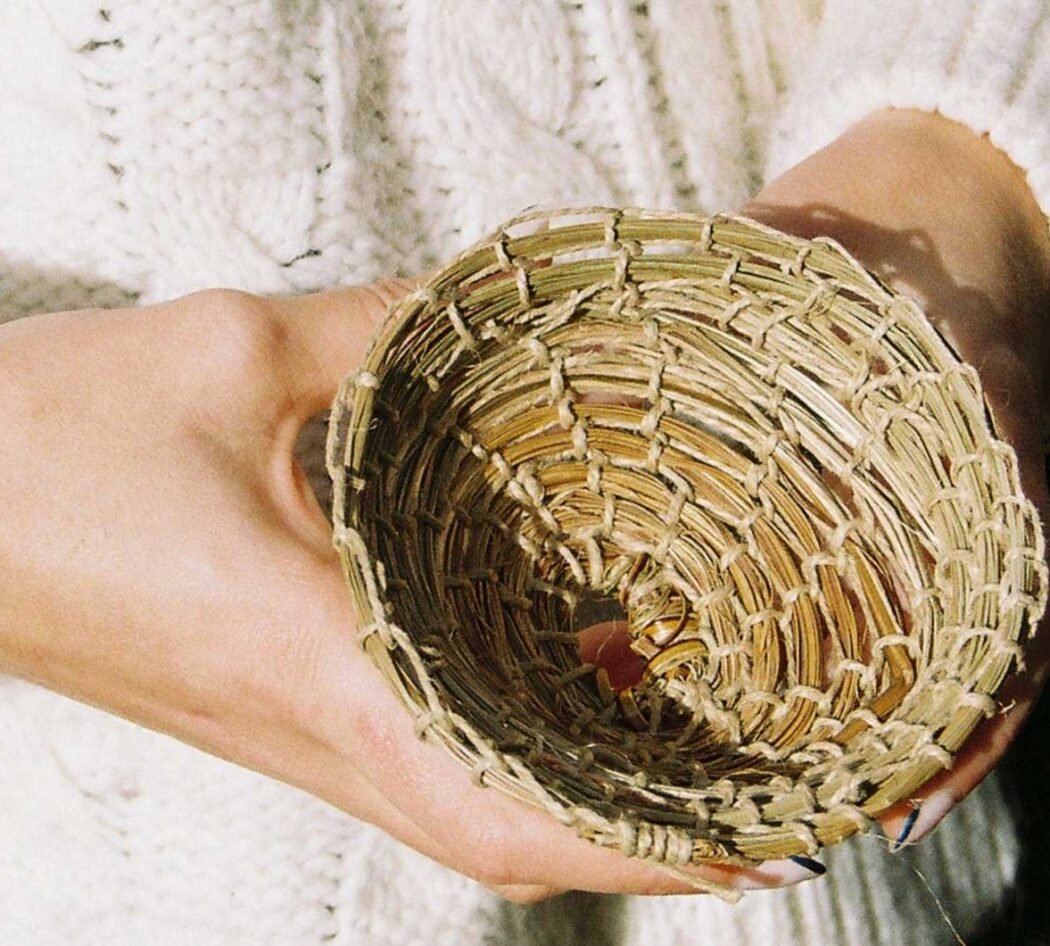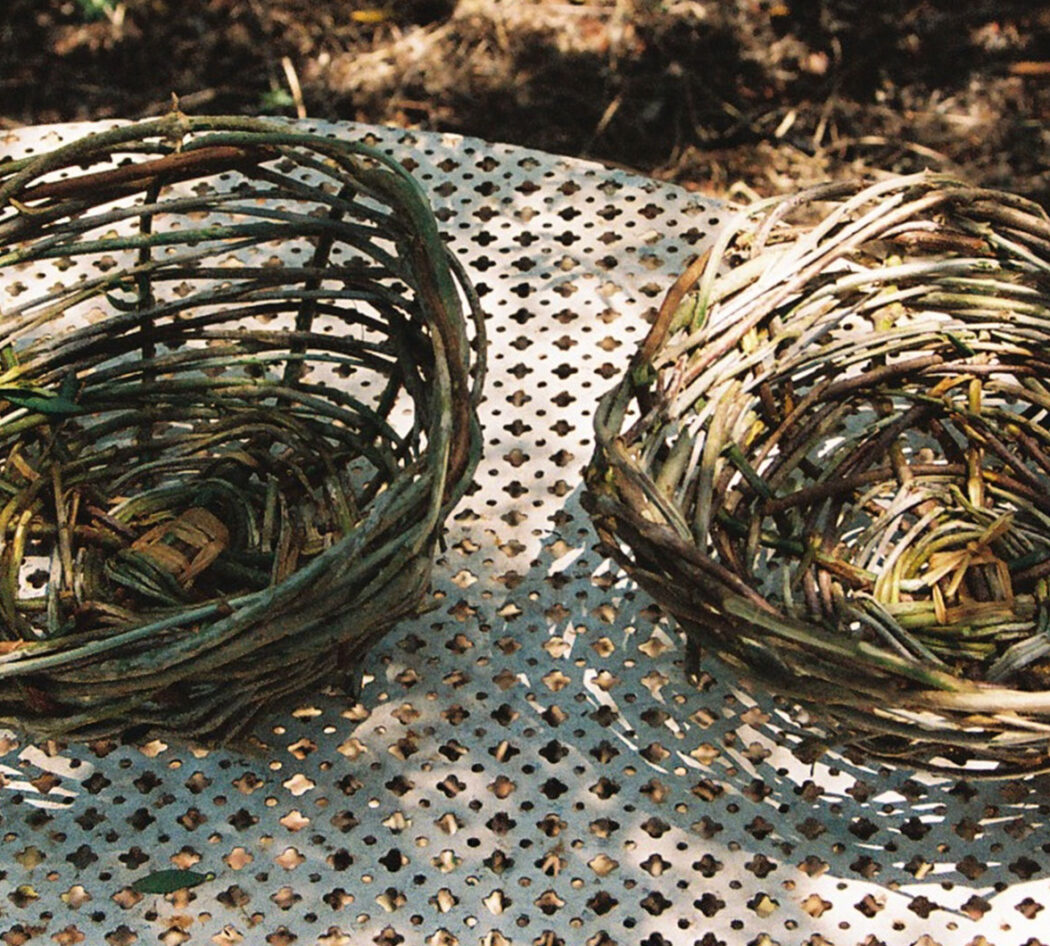A Symbiosis of Craftsmanship, Art and Sustainability
What drives an artist? For Valeria Castellet, the idea of bringing ancient knowledge back to light has guided the weaver’s hand for over 30 years. From the bustling city of Buenos Aires to the rural backcountry of Mallorca, this motivation led her across the world. Valeria’s art meets at the crossroads of her global mentality and sustainable mission, using only what nature provides to create work that connects her to a more natural and simple way of life. At her country home in Llubí, Valeria shares her creative world with us, rooting us back to the time of our ancestors
Learn about Valeria and her work in our interview with the expert weaver below:
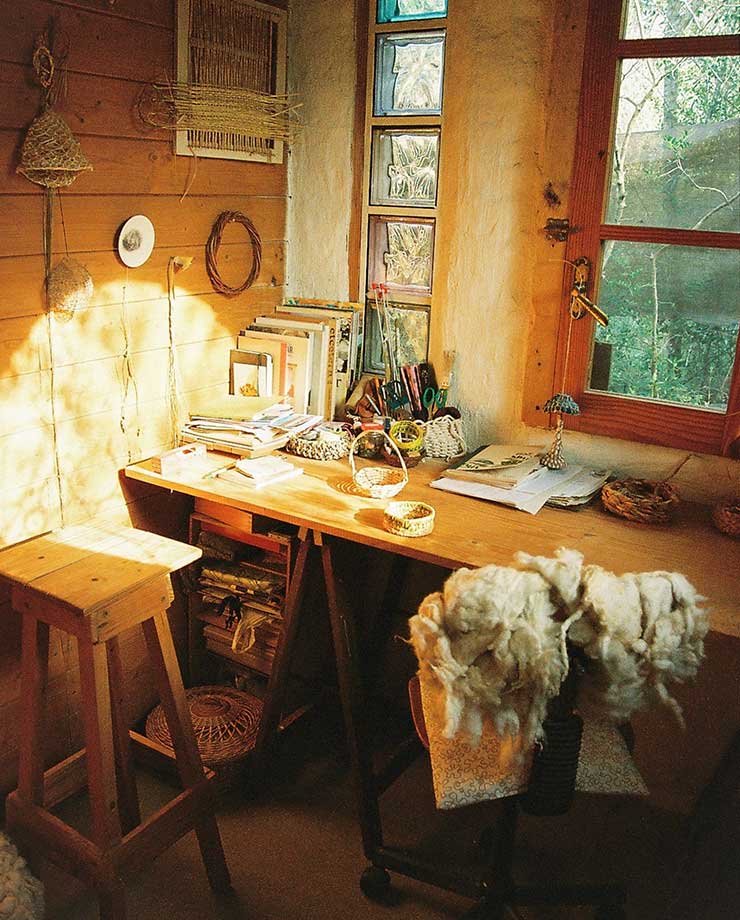
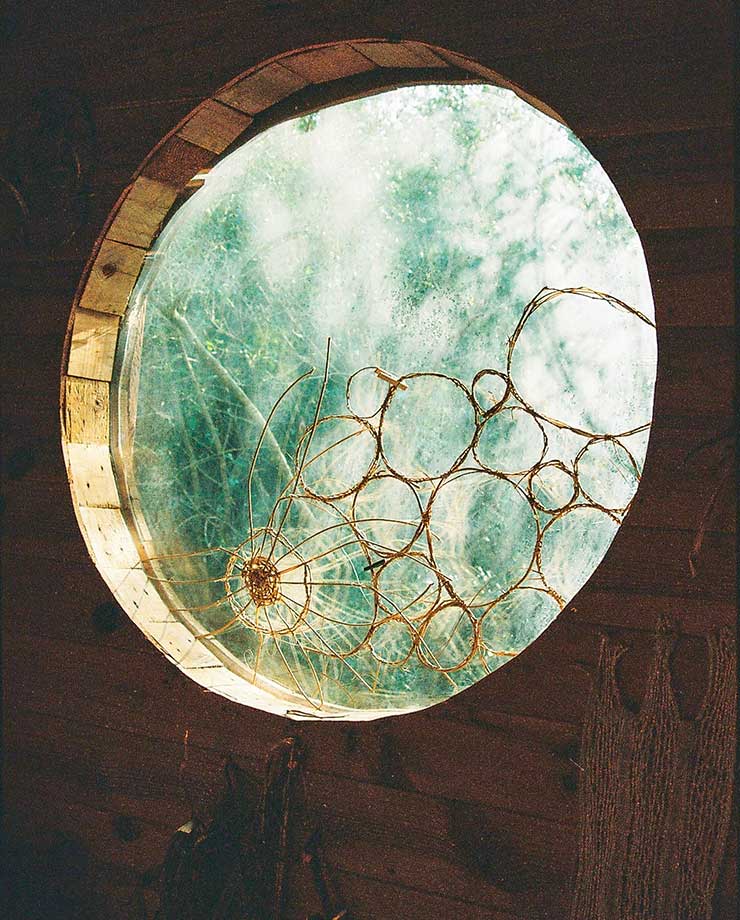
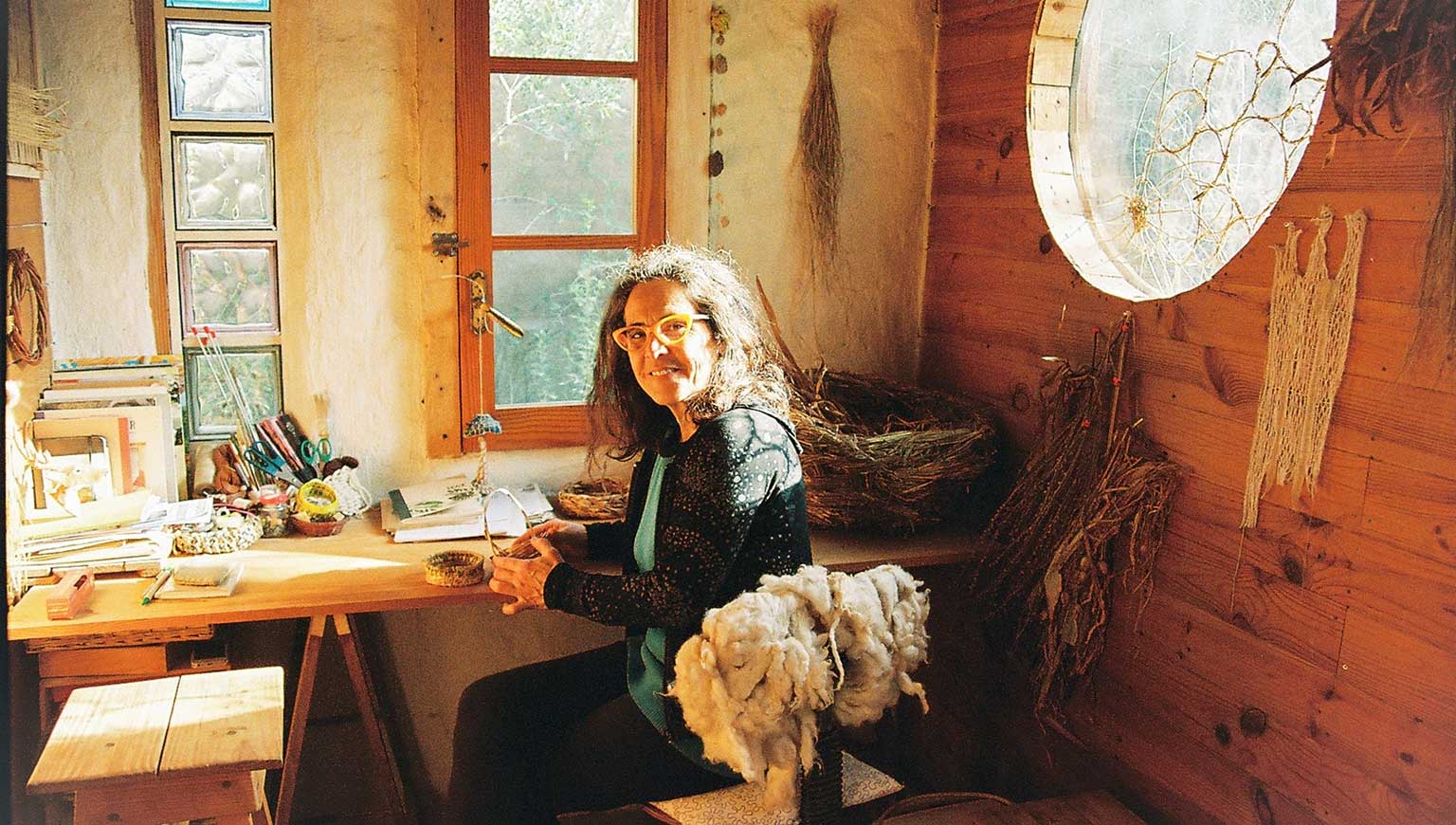
Hi Valeria, tell us a bit about yourself. What brought you to Mallorca?
For many years I worked in my own silk screen printing company in Buenos Aires. I had a lot of work, employees, etc. I was also active in the art world, exhibiting in different spaces. I was immersed in a very busy city life, which I often felt was incompatible with my philosophy of ecology and sustainability. I studied organic agriculture and the use and production of medicinal and edible herbs. When I became a mother, my partner and I intended to raise our little son in a healthier environment than the city, in a rural space if possible and close to a small village, more “old-fashioned”… A friend who lived in Mallorca invited us to come and it seemed the ideal place to start our new life…
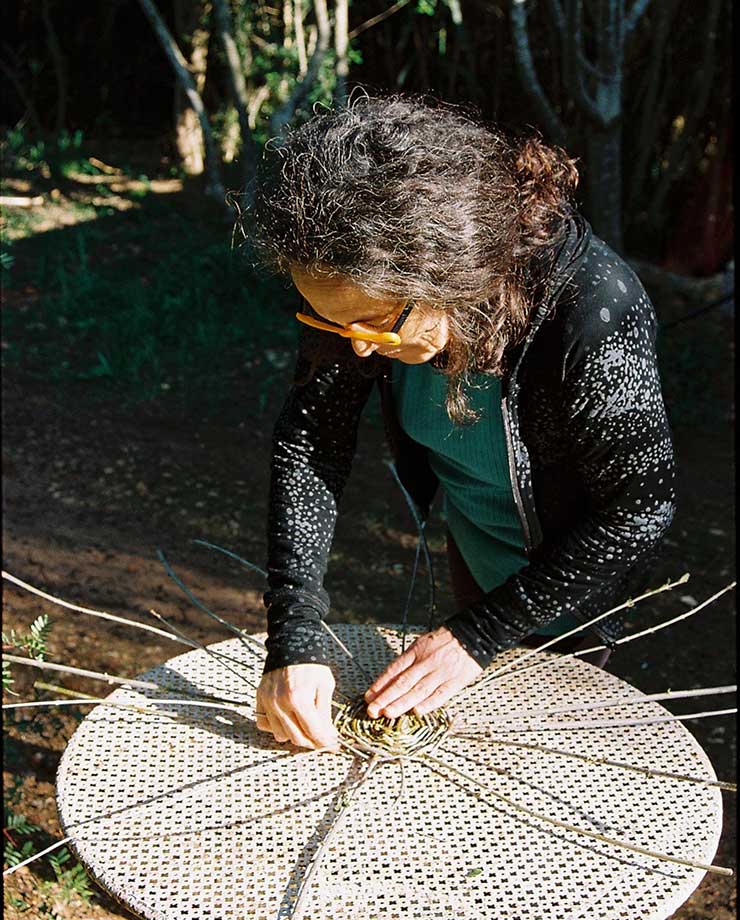
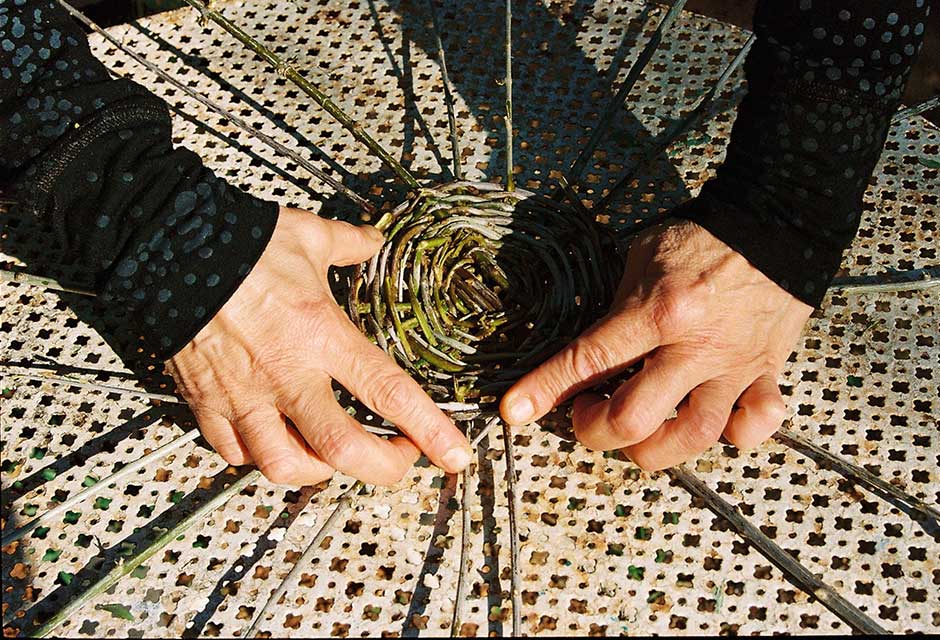
How did you enter into the world of weaving and basketry? What attracted you to these art forms?
I always worked in the textile field, but when I felt that screen printing had become repetitive as an artistic language, I began to investigate other areas. I grew aware of the pollution caused by the textile industry, so I began to investigate plant fibres at the market, such as sisal, raffia, linen, hemp, etc. At the same time, in 2011 I created the Rehecho Platform with my partner with the intention of promoting the use of recycled materials and objects such as pallets, broken furniture and textiles that nobody wanted to use (frayed wool sweaters or linen textiles from old sheets, etc.) Our message was: “look what you throw away”. At that time I launched the RUSTIK Baskets line in sisal and reused wool. They were crocheted and were undoubtedly the starting point of my research in basketry, along with experimentation in wild wicker on a trip I did to Monte Argentino. Since I was very young, I practised sculpting with clay and I was very attracted to the possibilities of basketry, playing with shapes and its appropriation of 3D space. So it was various things that eventually brought me to weaving and basketry.
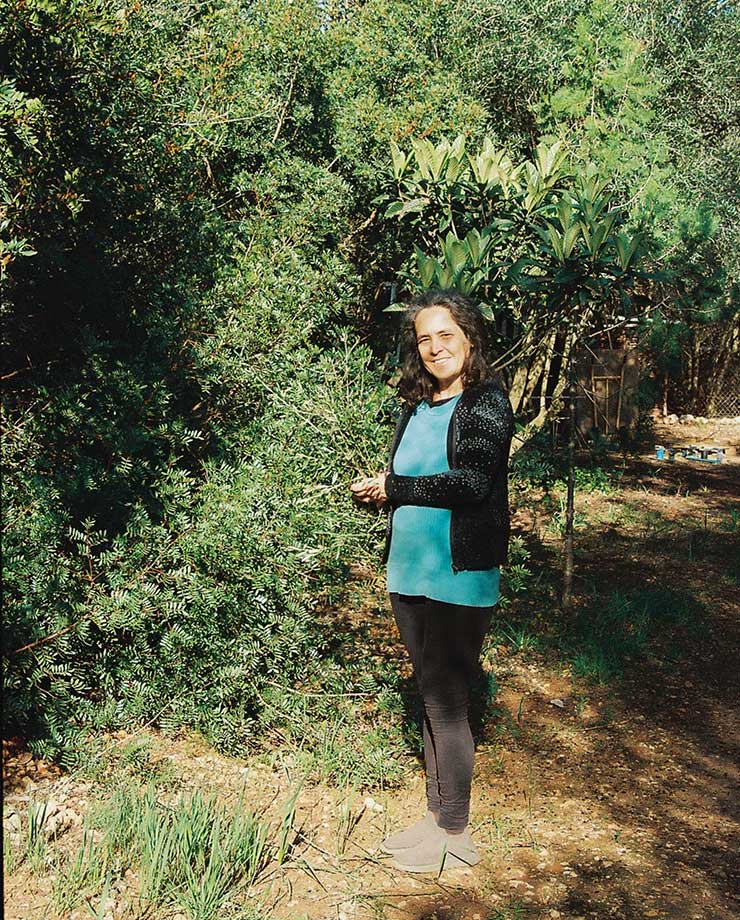
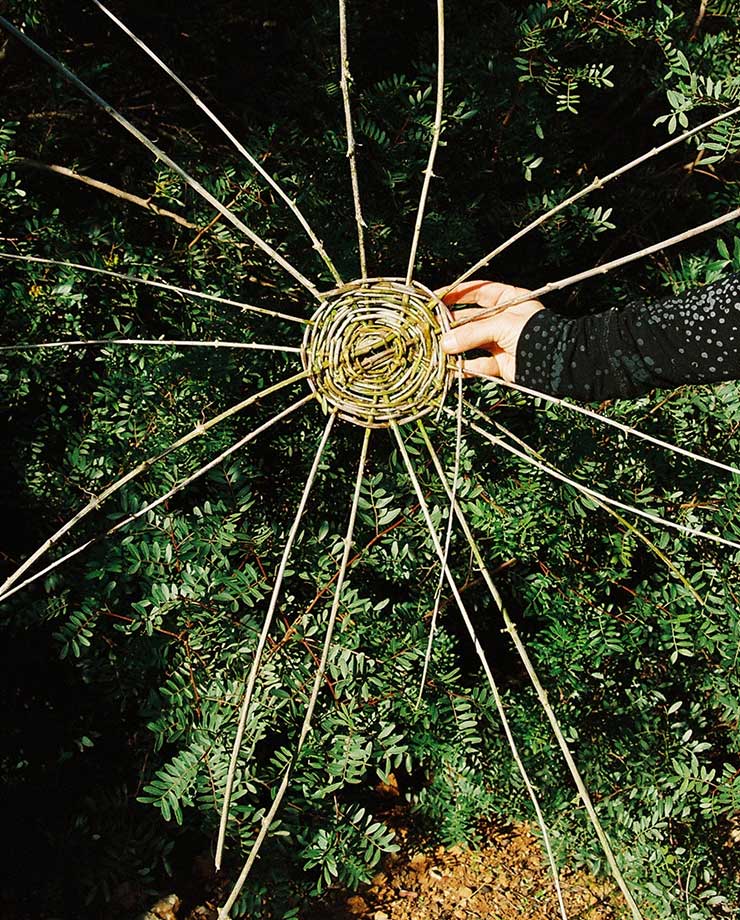
Your work combines ancestral techniques with sustainable practices. Can you explain a little more about the process behind your work?
After learning from different teachers and some self-taught experimentation, I began delving even deeper into the sustainable possibilities of the craft as a research task that I continue to this day. Living in the rural world and surrounded by wild vegetation, I study the textile properties of the plants in my environment and apply them in the construction of my pieces. It is a slow but very rewarding process. I am motivated by the possibility of bringing back to light ancient knowledge that is disappearing about the plants of Mallorca with which we can make beautiful pieces for use and art. This is reflected in my latest series: The WildMallorca Collection, Collección Rioplatense, The Coast Collection, etc.
How has your art evolved throughout your 30 year career? How do your roots in Argentina and your life in Mallorca influence your work?
As I was telling you, I started very young in the textile world and my own curiosity and motivation to live in a sustainable way led me to where I am right now. I have always worked linking craftsmanship, design and art with a contemporary look. I am passionate about learning ancestral techniques from different parts of the world and then connecting them, mixing them and producing new objects and pieces, with an absolutely contemporary nuance. I believe that the future has a significant influence on this trinomial (art, craft and design) and for me they only make sense if they accompany us in human evolution.
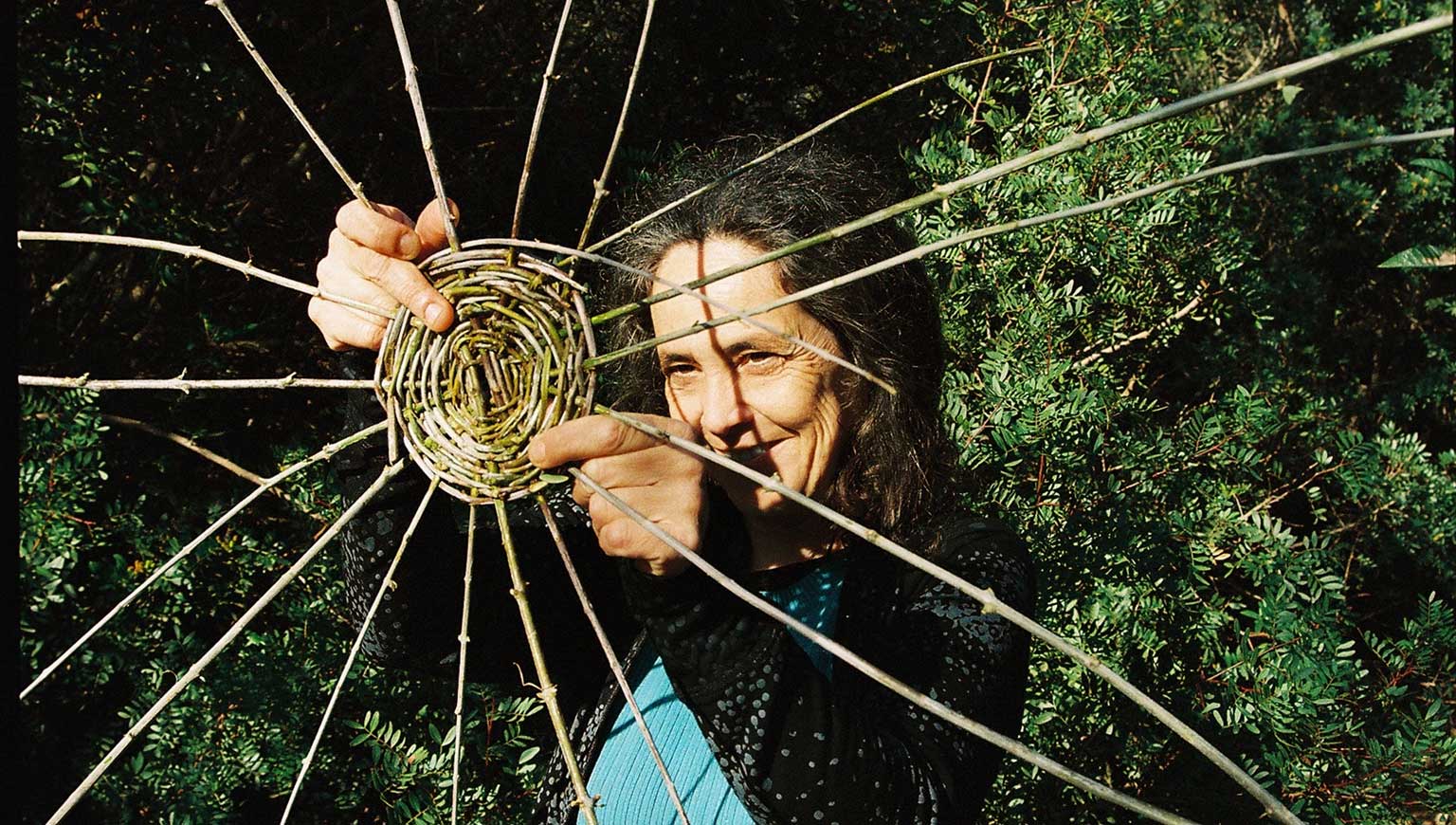
You’ve also had collaborations and gallery exhibitions around the world. Is there something you are currently working on?
Currently I work in collaboration with interior designers, architects and other artists. I also prepare artistic residencies and work directly with the public in the realisation of commissioned works. I like to work with other people and collaborate, I find it difficult to be static in the traditional exhibition proposal. Many of my exhibitions are focused on linking the public with the “doing” rather than with the finished work.
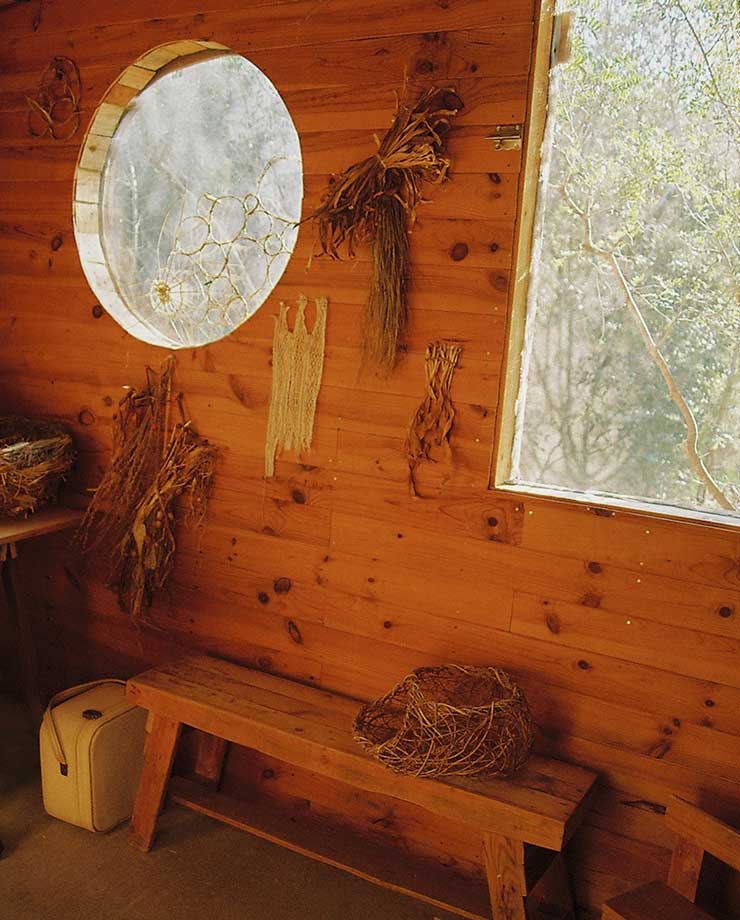
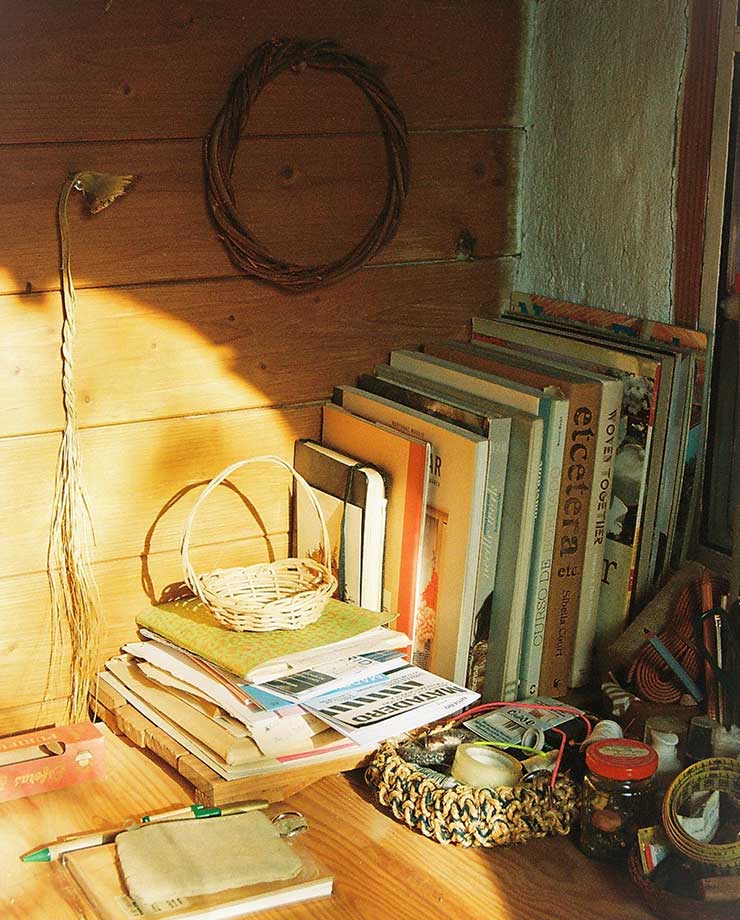
When we did the workshop, we realised how much patience you have for your students. You also mentioned that there is nothing you like more than teaching your craft. Can you explain why you enjoy teaching?
Precisely, this is linked to the previous question. It’s very important to me to be able to transmit these ancient techniques and the use of plants and materials that are not common, so that this knowledge is not lost. But at the same time, not to do it in a static or conservative way, but from a current, contemporary look which covers the needs of the modern being and immerses them in a more natural and wild way of living. Teaching makes me feel that “I contribute my grain of sand” to the construction of a more humane, sustainable and viable world geared towards a future that is healthier and in deeper connection with nature.
Thank you so much for your time, Valeria!
All Classes by Valeria Castellet
-
Weaving & Textiles Coil Basketry Valeria Castellet
Nestled in a secret countryside location hides the cosy wooden home of Valeria Castellet. A weaving expert with 30 years of experience, Valeria invites you to learn the ancient technique of basket coiling, using locally sourced materials to create a basket of your own.
Llubí, 78.65€
English, Spanish
Learn More -
Weaving & Textiles Traditional Basketry Valeria Castellet
At Mallorcan Sunday markets, you can find talented artisans continuing the universal tradition of twining baskets. In our workshop you will discover this fundamental technique, learning the process behind handcrafting the baskets that have become synonymous with Mediterranean style.
Llubí, 78.65€
English, Spanish
Learn More

